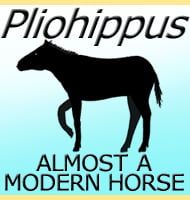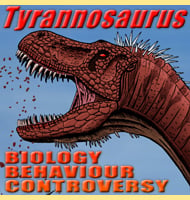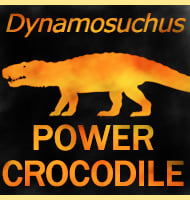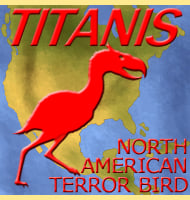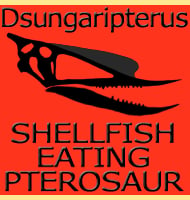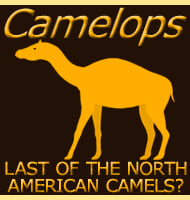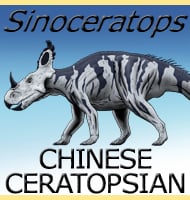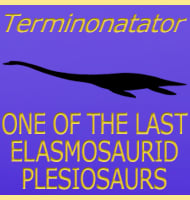In Depth
The forward dentition of Coloborhynchus was quite special with the front two teeth pointing forwards, and the immediate three pairs of teeth behind them pointing to the sides. This tooth arrangement would have made it much easier for Coloborhynchus to catch and carry fish out of the water. The remaining teeth behind the front just pointed down. Coloborhynchus also had a keeled crest on the tip of its snout which was widest at its base and grew steadily thinner towards the top.
Many species have been assigned to Coloborhynchus, however because the type specimen was described from only a partial upper jaw, it is uncertain how valid these species actually are. Usually the only thing that can be used is the way that the tooth sockets are arranged.
The genus Coloborhynchus was created when Richard Owen rejected Harry Govier Seeley’s creation of the Ornithocheirus genus from the various unnamed fossils that had been recovered from the Cambridge Greensand. This name change was actually conceived upon the grounds that Owen disagreed with the name ‘bird hand’ being used for a reptile. Owen also created a second genus called Criorhynchus.
Coloborhynchus was founded upon the basis that the two front teeth were the defining trait. However in 1914 Reginald Walter Hooley declared this trait as actually created by erosion of the fossil and were not representative of the living creature. Hooley absorbed Coloborhynchus into Criorhynchus, a decision that would be accepted for most of the twentieth century.
In 1992 a pterosaur snout was recovered from the Paw Paw Formation of Texas, and this would start a shift towards re-evaluating the genus because when named in 1994 by Yuong-Nam Lee it was given the name Coloborhynchus wadleighi. This was the first use of the Coloborhynchus genus since it was absorbed into Criorhynchus although it has proved to be a dubious one. When re-examined in 2008 by Taissa Rodriguez and Alexander Kellner, the snout was assigned to a new genus called Uktendactylus, although some consider this genus to actually be dubious.
More material found in the Brazilian Santana Formation was referred to Coloborhynchus at the start of the twenty-first century, however the material seemed to differ slightly from the original specification of Coloborhynchus by the lack of a snout crest. This has further complicated classification with material once associated with other pterosaurs being assigned to the Coloborhynchus genus. Furthermore, some researchers think that many of the South American pterosaurs cannot be assumed to belong to existing European pterosaurs because of subtle differences between specimens, as well as the fact that many specimens are so poorly preserved.
The history of Coloborhynchus is convoluted to say the least, and the future looks like is going to be no clearer unless someone can find an amazingly well preserved specimen. A former species of Coloborhynchus, C. Spielbergi, has been moved into the Maaradactylus genus.
Further Reading
– Review of the pterodactyloid pterosaur Colobrohynchus. – T. Rodrigues & A. W. A. Kellner – 2008. – The world’s largest toothed pterosaur, NHMUK R481, an incomplete rostrum of Coloborhynchus capito (Seeley 1870) from the Cambridge Greensand of England. – Cretaceous Research. – D. M. Martill & D. M. Unwin – 2011. – First occurrence of the pterosaur Coloborhynchus (Pterosauria, Ornithocheiridae) from the Wessex Formation (Lower Cretaceous) of the Isle of Wight, England., 126, 3, Proceedings of the Geologists’ Association, pp. 377–380. – David M. Martill – 2015.

